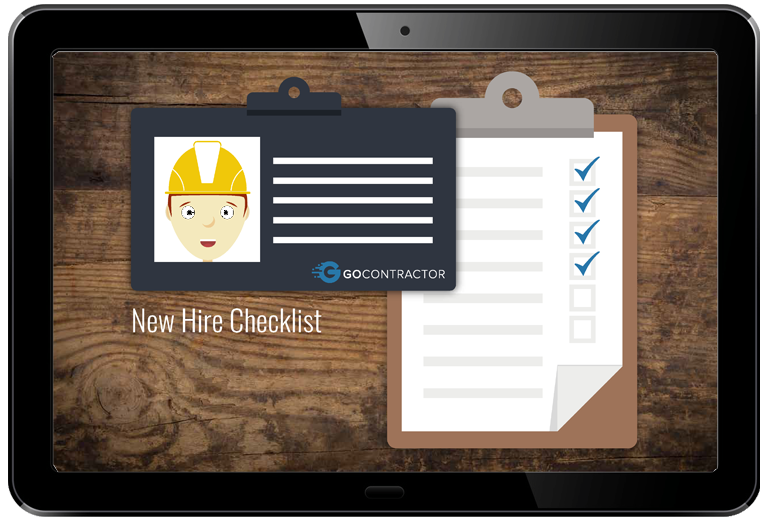
Before onboarding begins, it is most important for the appropriate, suitably skilled worker to be chosen for a new job. The larger the risks involved the more significant this is, with a detailed new hire orientation checklist, spending the required amount of time looking at safety rules and regulations in the workplace.
It is the job of any new hire to remember the on-site rules and regulations, but the company must include all this information on the new hire orientation checklist, telling them how to prevent accidents from occurring. If there is a risk that has not been mentioned on the new hire orientation checklist, then they can’t be surprised and a new hire can’t be held responsible, if they trip over a cable because they were not aware that a certain piece of machinery is used in another part of the site once a week.
The new hire orientation checklist should be made specific for each job. Perhaps a new hire has stated that they have the required level of experience needed, but a background check is always important. Some of the important OSHA-required training tasks to put on the new hire orientation checklist, if it is used on-site and even if a new hire is experienced, include the use of:
- Cranes
- Forklifts
- Electrical safety
- Scaffolding
- Fall protection
Before the first day on-site even begins, vital, but also simple pieces of information that could be easily forgotten, include:
- Where to park.
- Who the new hire is looking for on-site.
- Whether they’ll need to bring lunch.
- If PPE must already be worn before they enter.
On the day that work begins, other members staff should already be aware who this new hire is, where they will be working, what their job is and whether they have work that includes dangerous activities. Always give them a tour, introducing them to anyone in the team that they will be in contact with.
They should always be asked if they have any questions before their first day of work, giving them a bit of time to think about it. Also, after the new hire orientation checklist has been covered on the day the new hire begins, perhaps there was a point they didn’t understand or can’t remember.
Part of the new hire orientation checklist must be to insist that safety is the number one priority of the work going on in this project and how unsafe behavior could affect the rest of the team, letting the new hire know what to do:
- If they have forgotten how to perform a certain action safely.
- If they recognize another worker performing their work lazily, or unsafely, without feeling pressurized to confront the person themselves.
Companies who make any of these mistakes such as forgetting a safety issue, or not concentrating on a specific role of a new hire are at a much higher risk of a major accident or injury occurring on-site.
Download the ebook and learn:
- What subjects to include in your new hire orientation checklist.
- What to do before the new hire begins their first day.
- Why workplace safety is one of the most important topics to cover in your orientation checklist.